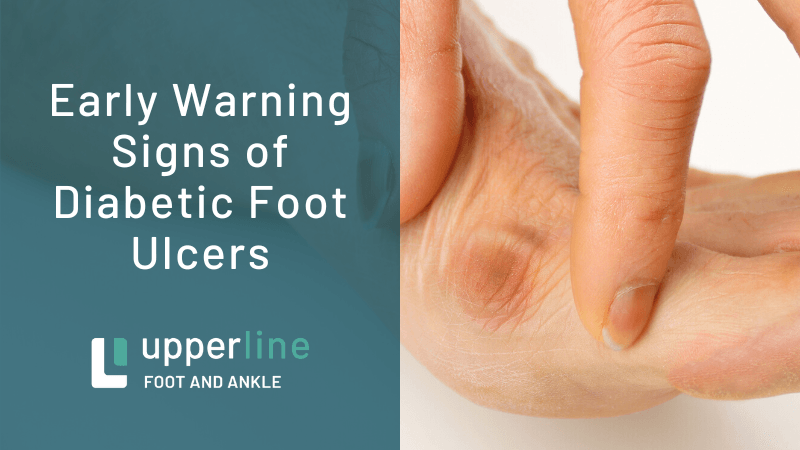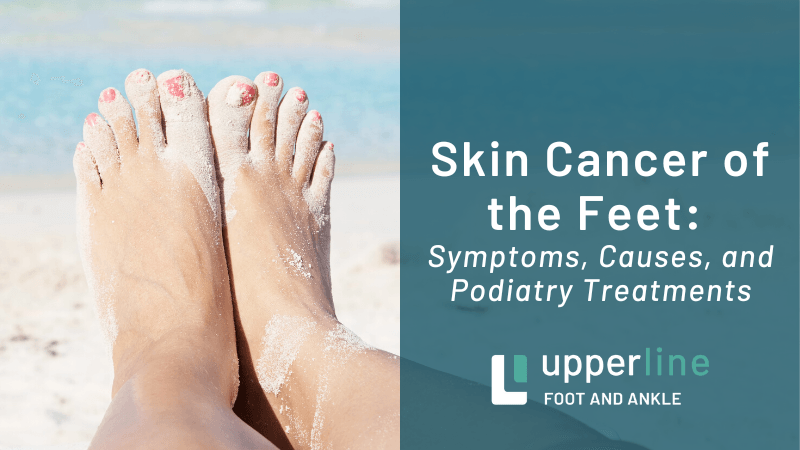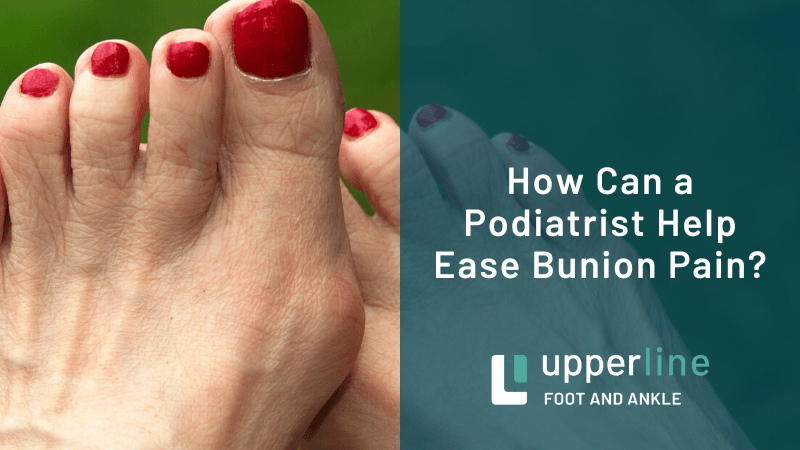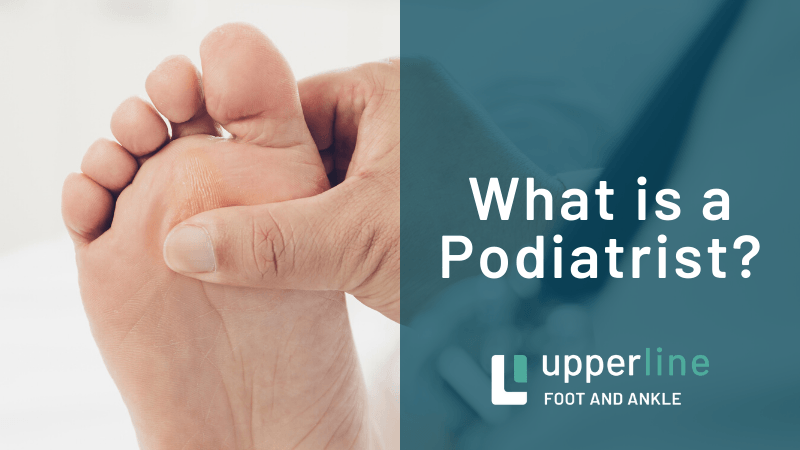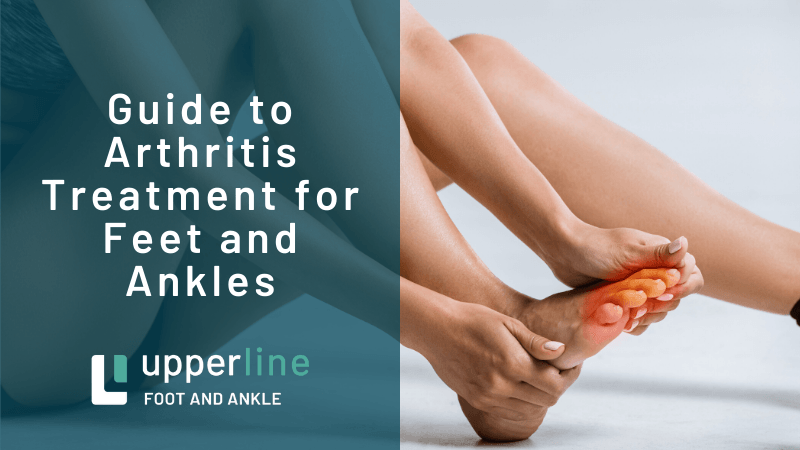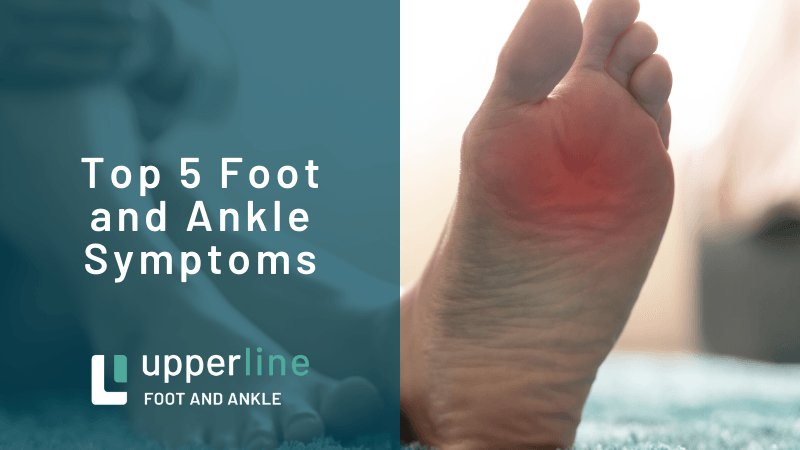Athlete’s Foot: How to Avoid It and How to Get Rid of It
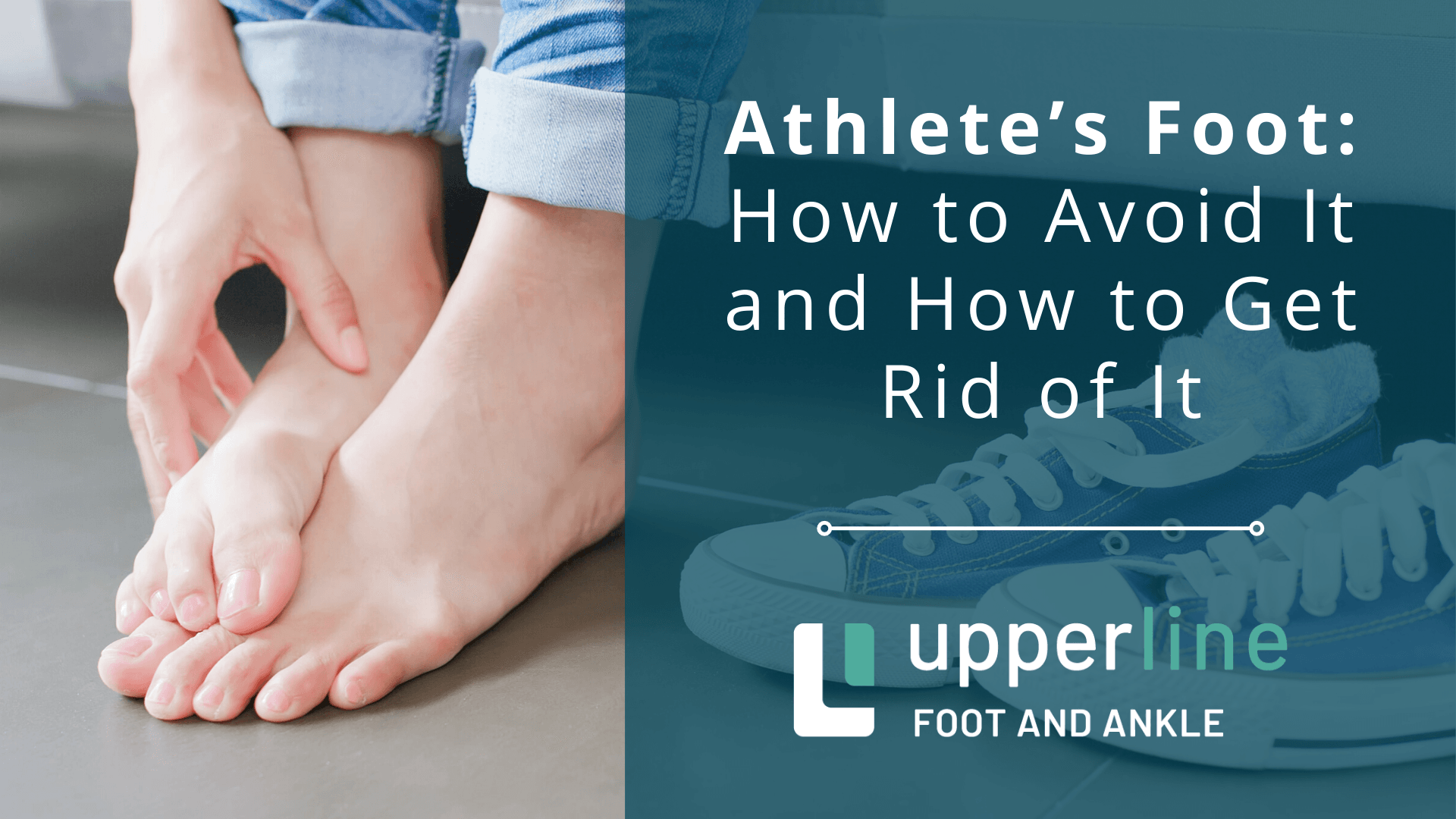
Ready to learn about athlete’s foot so you can do your best to avoid being diagnosed with this fungal skin infection? If you happen to be one of the unlucky people who already has a case of athlete’s foot, then learning how to get rid of it is your next step.
Summertime is the time of year when athlete’s foot is likely to be more prevalent due to its ability to thrive in warm and humid environments.
What is Athlete’s Foot?
According to the Centers for Disease Control and Prevention, athlete’s foot is an infection of the skin and feet that can be caused by a variety of different fungi. While some people will never be diagnosed with this fungal infection, some will be diagnosed occasionally, and others will experience chronic athlete's foot, meaning it goes away and then reappears frequently.
Common signs include deep breaks or slits on the feet, which tend to be more prominent between the toes. Red itchy skin caused by small blisters will begin to appear over time as the infection continues to progress. Know that an infection can turn severe, potentially spreading to and affecting the soles of the feet. Pus and/or a foul odor is often found in advanced cases.
How to Avoid Athlete’s Foot
Can athlete’s foot go away on its own? No, it can’t. This makes it more important than ever to do whatever it takes to avoid getting this fungal infection in the first place. Know that any location where foot traffic and moisture are brought together greatly increases your chances of being diagnosed.
Other factors that increase your chances include being male, wearing tight shoes often, feet that are often wet or damp, and walking barefoot in places that are well known for harboring this common fungus.
Since protecting your feet is the best way for you to avoid contamination, wearing flip-flops or shower shoes in places anywhere the fungus can live is necessary. Also, washing your feet with a quality soap once or twice a day helps prevent the fungus from forming.
See below for a list of some of the more common places you can potentially get athlete’s foot.
The Pool. The moist conditions found in pools and pool areas make for a perfect place for this fungus to thrive. The majority of pool-goers are barefoot and the fact that they're walking around in a moist public place makes it essential for everyone to protect their feet when going to a public pool.
The Gym. A gym’s locker room, shower, and bathroom are 3 gym locations that are more prone to harboring the fungus that causes athlete’s foot. Using sanitary wipes to wipe down multi-touch surface areas helps to minimize your chances of infection.
The Beauty Salon. Giving a pedicure using dirty tubs or instruments that aren't properly cleaned can lead to a diagnosis of athlete’s foot. Pre-screening a salon is your best defense when it comes to avoiding a diagnosis.
At Home. Unknowingly bringing athlete's foot home can lead to other household members getting the infection, making it a good idea to clean all bathroom surfaces often. The infection can spread when sharing towels and even spread to other parts of the body when sleeping due to contaminated bed sheets.
How to Get Rid of Athlete’s Foot
Already have a case of athlete’s foot and want to know how to get rid of it? If you unfortunately already have athlete’s foot then your focus is now on how to get rid of it asap. If your first instinct is to use an over-the-counter solution, know these generic options don’t always work. Although, they're more likely to work if you have a mild case of athlete’s foot vs. a moderate or severe case.
Popular over-the-counter treatment options include creams, sprays, and powders specifically made to combat this common fungal infection. If you choose to use one of these self-help methods be sure to carefully follow the included instructions. Treatments that include the following medications tend to work best - clotrimazole, econazole, ketoconazole, miconazole, naftifine, oxiconazole, sulconazole, terbinafine, and terconazole.
Visit a Podiatrist for Athlete’s Foot Treatment
Got athlete’s foot? When over-the-counter methods don’t work it’s time for you to seek professional podiatry assistance. Our team of podiatrists has the experience necessary to properly treat your case of athlete’s foot, whether it's minor, moderate, or severe. If it takes longer than 2 weeks for your case of athlete’s foot to clear up, then it's definitely time for you to seek the help of a professional podiatrist.
Contact a local Upperline Foot and Ankle clinic today for athlete’s foot treatment.
Schedule an Appointment
Upperline Health has locations across Florida ready to care for your lower extremity needs.

Upperline Health Florida provides the highest quality integrated lower extremity care to patients in need through a skilled and compassionate team. We strive to deliver care in a consistent and high-quality manner.
Navigation

